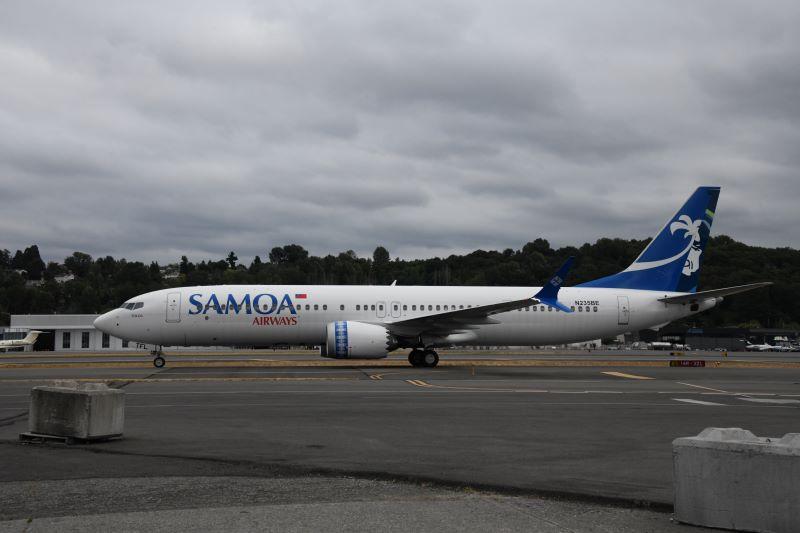Boeing On Pace To Clear 737 MAX Backlog By 2023, Analysis Shows

Boeing has about 330 737 MAXs in its inventory built before December 2020’s delivery re-start, suggesting the company is on track to meet its goal of clearing the backlog by 2023, an Aviation Week data analysis shows.
The company’s inventory of undelivered 737 MAXs surpassed 450 during a 21-month delivery pause from March 2019 to December 2020 related to the fleet’s global grounding following two fatal 737-8 accidents in five months. Boeing has said that clearing out as much of the 737 MAX inventory as possible by 2023 and ramping up new production are key priorities in a larger push to improve its balance sheet.
When deliveries re-started, Boeing needed to move about 19 stored aircraft per month to meet its two-year time frame for clearing out the backlog. Aviation Week’s analysis shows meeting the goal by the end of 2022 will require Boeing to pick up its delivery pace slightly, to about 21 per month. Boeing’s 737 MAX delivery flow slowed during April and May, when an electrical issue requiring immediate repairs limited deliveries to 14 aircraft during the two-month stretch.
The monthly delivery split between stored and new-build aircraft has varied. Among August’s 14 737 MAX deliveries were five built in 2019, but the rest rolled out in 2021. Back in March, 16 of 19 reported deliveries, all built in 2019, came from the stored inventory.
Aviation Week Fleet Discovery data show that Boeing’s inventory as of Sept. 12 included 315 737 MAXs rolled out before Jan. 1, 2020, including 17 built in 2018 or earlier.
Fleet Discovery lists 45 737 MAXs as not having orders attached, but these include some that are part of recently announced purchases. Sources with knowledge of Boeing’s backlog tell Aviation Week that the true white-tail number, which was around 100 when deliveries resumed at the end of 2020, is closer to 25.
The reduction points to Boeing’s recent success selling the latest version of its venerable 737 model. The company has booked 559 gross orders for 737 MAX variants in 2021. Many of them were paired with cancellations that signify customers changing delivery positions. Boeing has canceled 369 737 MAX orders in 2021, leaving the year-to-date net 737 MAX order total at 190.
Recent delivery-position swaps are at least partially attributable to the global downturn. Some carriers in regions where air traffic is recovering more quickly, such as North America, are eager to take deliveries earlier, especially if the change comes with financial incentives. Other operators are pushing off adding new aircraft and the related capital commitments that come with deliveries.
The rapid changes add to the normal scrambling that manufacturers and lessors sometimes must do to find operators for their aircraft. In Boeing’s case, several already-built 737 MAXs have changed hands multiple times before delivery, for various reasons. One 737-9 ordered by Air Lease Corp. (ALC) and built in 2018 was earmarked for Primera Air, but the airline ceased operations before taking delivery. ALC then placed it with Samoa Airways, but the airline changed its plans when the fleet was grounded in 2019. Earlier in 2021, after the grounding was lifted and deliveries restarted to most countries, the lessor finally found a taker for the aircraft—Alaska Airlines.
Boeing began 2021 with an official 737 program backlog of 3,282, excluding orders flagged under accounting standards of being at risk. As of Aug. 31, the 737 order book stood at 3,325, including 3,285 737 MAXs. The other 40 are business-jet and military versions of the 737 Next Generation variants.




